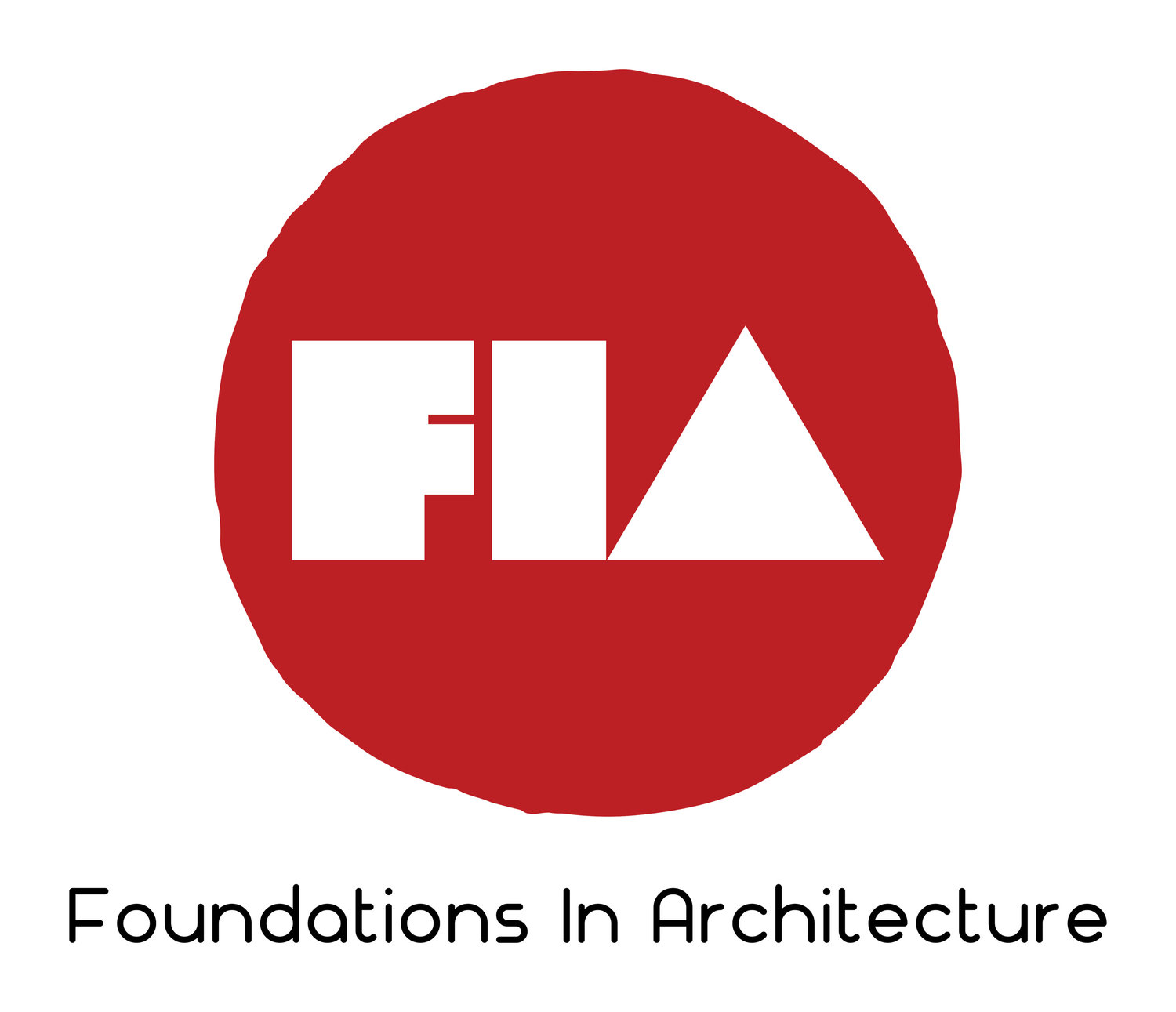To finish up your reading in Story of Architecture you will need to learn about the industrial revolution. This is the first dramatic change in building and design. The use of steel and engineering allowed for great changes in the way people work, live, and the scale of buildings. Architects and engineers could design taller, wider, and deeper into the ground. SKYSCRAPER!
Homes of the Future
How far apart are the houses of the future in your neighborhood? Because of the scarcity of land, future houses may have as little as twelve feet between them. Architects will probably attempt to provide privacy through the design of the home. What do you think the home of the next century will be like? What unique features must they have for the families of the next century. Architect and designer Peter Eisenman, quoted by Jerry Adler in Newsweek, predicted that the house of the twenty-first century will still look like a house, “not a machine or a spaceship.” It will not stand out as some weird structure.
The lifestyle of the American family are predicted to be more informal; architects will respond by bringing interior partitions between rooms down. Inside, dining rooms, living rooms, kitchens, and dens will become a vast room for multifunctional family living and communication.
What new and innovative spaces and features do you see in the future that we do not have today?
You will be spending your adult life in this century. What do you propose the needs of a family in the next century. Here is one way to plan for your future.
Step 1. Research life in the 21st century. Consider things houses will need. Will recycling, solar electricity, gardens, cars be part of the future?
Step 2. List everything a family will need for a house.
Step 3. On graph paper or with a computer, map out a proposed floorplan for a future house. Try using www.floorplanner.com It is a few service once your create a login name.
Step 4. Draw the outside of your designed house. Sketch two or more versions. They may or may not look like homes today. Don’t forget to include the type of materials you will use for the outside. They may be traditional or something envisioned from the future.
Step 5. Write a paragraph that discusses the positive and negative aspects of the floorplans you designed.
